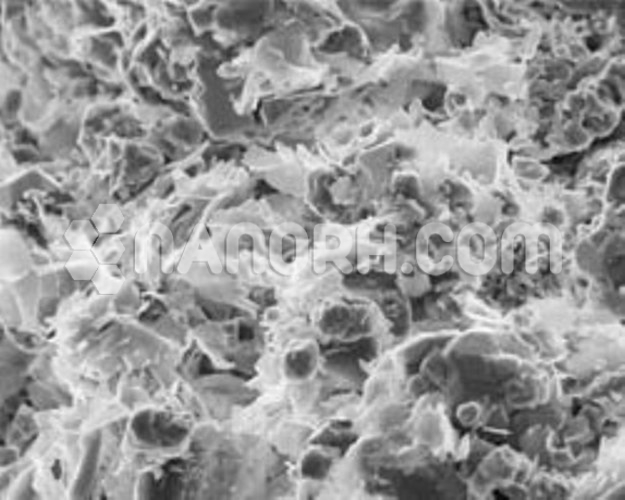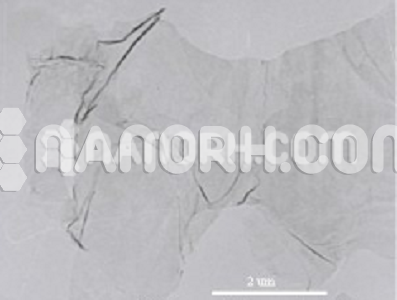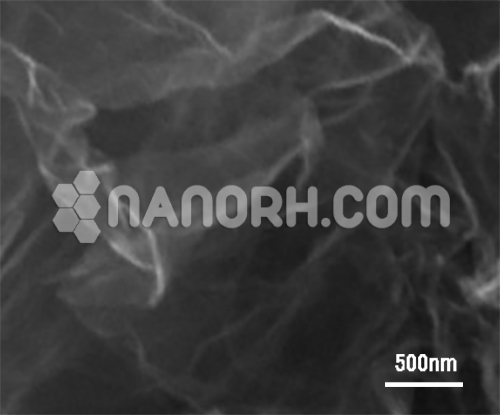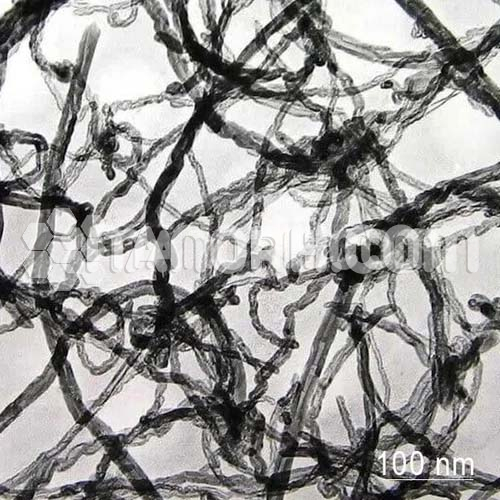| Research Grade Single Layer Graphene Nanopowder with High Purity 99.3% | |
| Product No | NRE-39025 |
| CAS No. | 7782-42-5 |
| Formula | C |
| Average layers | 3-6 |
| APS | 2-5nm |
| Purity | >99.3wt% |
| Color | Black |
| Density | ~ 2.3 g/cm3 |
| Electric Conductivity | 80000 S/m |
Research Grade Single Layer Graphene Nanopowder
Introduction
Research grade Single-layer graphene nanopowder refers to ultra-thin, one-atom thick sheets of carbon atoms arranged in a two-dimensional honeycomb lattice, which are separated into individual particles or powder form.
Composite Materials
Polymer Nanocomposites: Single-layer graphene nanopowder is widely used to enhance the properties of polymers by incorporating it into polymer matrices to create graphene-based nanocomposites. These composites exhibit enhanced mechanical strength, electrical conductivity, and thermal conductivity, making them suitable for lightweight, high-strength materials in automotive, aerospace, and electronics industries.
Conductive Composites: Graphene nanopowder is used to produce conductive composites in industries such as electronics and telecommunications. Adding graphene to polymers or metals creates materials with improved electrical conductivity, useful in applications like antistatic coatings, electromagnetic interference (EMI) shielding, and printed circuit boards.
Thermal Conductive Composites: The exceptional thermal conductivity of graphene makes it ideal for creating high-performance thermal management materials. Graphene nanopowder is incorporated into composite materials to improve heat dissipation in electronics, LEDs, and battery packs, reducing the risk of overheating and improving device longevity.
Energy Storage and Conversion
Supercapacitors: Graphene nanopowder is a key material for the development of supercapacitors or ultracapacitors, which store energy electrostatically rather than chemically. When used in the electrode materials, graphene improves specific capacitance, energy density, and charge/discharge speed. This makes graphene-based supercapacitors ideal for high-power applications such as electric vehicles, renewable energy systems, and grid energy storage.
Batteries: The use of graphene nanopowder in battery electrodes (especially in lithium-ion and sodium-ion batteries) significantly enhances the energy storage capacity, charge/discharge rates, and cycle stability. Graphene’s high conductivity also improves the charge transfer and overall efficiency of the batteries. This contributes to longer battery life and faster charging times for portable electronics, electric vehicles, and renewable energy storage.
Fuel Cells: Graphene nanopowder is employed in fuel cell technologies, where it can enhance the electrocatalytic performance of electrodes, particularly in hydrogen fuel cells. The high surface area and excellent electrical conductivity of graphene enable more efficient energy conversion, making fuel cells more cost-effective and sustainable.




